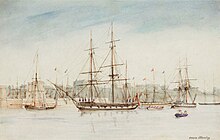
HMS Beagle was a Cherokee-class 10-gun brig-sloop of the Royal Navy, one of more than 100 ships of this class. The vessel, constructed at a cost of £7,803, was launched on 11 May 1820 from the Woolwich Dockyard on the River Thames. Later reports say the ship took part in celebrations of the coronation of King George IV of the United Kingdom, passing through the old London Bridge, and was the first rigged man-of-war afloat upriver of the bridge. There was no immediate need for Beagle, so she "lay in ordinary", moored afloat but without masts or rigging. She was then adapted as a survey barque and took part in three survey expeditions.

Plymouth Sound, or locally just The Sound, is a deep inlet or sound in the English Channel near Plymouth in England.
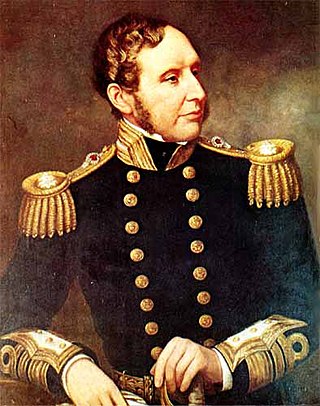
Vice-Admiral Robert FitzRoy was an English officer of the Royal Navy and a scientist. He achieved lasting fame as the captain of HMS Beagle during Charles Darwin's famous voyage, FitzRoy's second expedition to Tierra del Fuego and the Southern Cone.

The Voyage of the Beagle is the title most commonly given to the book written by Charles Darwin and published in 1839 as his Journal and Remarks, bringing him considerable fame and respect. This was the third volume of The Narrative of the Voyages of H.M. Ships Adventure and Beagle, the other volumes of which were written or edited by the commanders of the ships. Journal and Remarks covers Darwin's part in the second survey expedition of the ship HMS Beagle. Due to the popularity of Darwin's account, the publisher reissued it later in 1839 as Darwin's Journal of Researches, and the revised second edition published in 1845 used this title. A republication of the book in 1905 introduced the title The Voyage of the "Beagle", by which it is now best known.

Robert McCormick was a British Royal Navy ship's surgeon, explorer and naturalist.

Admiral John Lort Stokes was a Royal Navy officer who served onboard HMS Beagle for almost eighteen years.

The Darwin Sound is an expanse of seawater which forms a westward continuation of the Beagle Channel and links it to the Pacific Ocean at Londonderry Island and Stewart Island, not far from the southern tip of South America. It thus forms a navigable link across Tierra del Fuego between the Pacific and Atlantic Oceans as an alternative to going round the hazardous rocky headland of Cape Horn.

The second voyage of HMS Beagle, from 27 December 1831 to 2 October 1836, was the second survey expedition of HMS Beagle, under captain Robert FitzRoy, who had taken over command of the ship on its first voyage after the previous captain, Pringle Stokes, committed suicide. FitzRoy had thought of the advantages of having someone onboard who could investigate geology, and sought a naturalist to accompany them as a supernumerary. At the age of 22, the graduate Charles Darwin hoped to see the tropics before becoming a parson, and accepted the opportunity. He was greatly influenced by reading Charles Lyell's Principles of Geology during the voyage. By the end of the expedition, Darwin had made his name as a geologist and fossil collector, and the publication of his journal gave him wide renown as a writer.
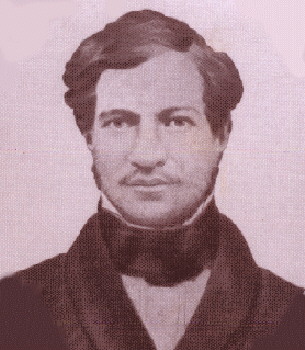
Syms Covington (1816–1861) was a fiddler and cabin boy on HMS Beagle who became an assistant to Charles Darwin and was appointed as his personal servant in 1833, continuing in Darwin's service after the voyage until 1839. Originally named Simon Covington, he was born in Bedford, Bedfordshire, England, the youngest child of Simon Covington V and Elizabeth Brown. After Covington's trip on the Beagle, he then emigrated to Australia and settled as a postmaster, marrying Eliza Twyford there.
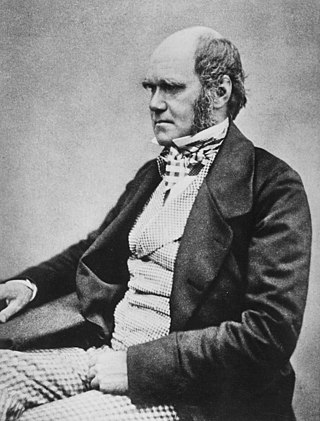
Charles Robert Darwin was an English naturalist, geologist, and biologist, widely known for his contributions to evolutionary biology. His proposition that all species of life have descended from a common ancestor is now generally accepted and considered a fundamental concept in science. In a joint publication with Alfred Russel Wallace, he introduced his scientific theory that this branching pattern of evolution resulted from a process he called natural selection, in which the struggle for existence has a similar effect to the artificial selection involved in selective breeding. Darwin has been described as one of the most influential figures in human history and was honoured by burial in Westminster Abbey.

Mount Tarn is a small mountain located on the southernmost part of the Strait of Magellan, in Brunswick Peninsula, about 70 km south of Punta Arenas, Chile. It is in the southern extreme of continental Chile very close to Cape Froward, surrounded by historic places such as Fort Bulnes and Puerto del Hambre.

The Cherokee class was a class of brig-sloops of the Royal Navy, mounting ten guns. Brig-sloops were sloops-of-war with two masts rather than the three masts of ship sloops. Orders for 115 vessels were placed, including five which were cancelled and six for which the orders were replaced by ones for equivalent steam-powered paddle vessels.

The Structure and Distribution of Coral Reefs, Being the first part of the geology of the voyage of the Beagle, under the command of Capt. Fitzroy, R.N. during the years 1832 to 1836, was published in 1842 as Charles Darwin's first monograph, and set out his theory of the formation of coral reefs and atolls. He conceived of the idea during the voyage of the Beagle while still in South America, before he had seen a coral island, and wrote it out as HMS Beagle crossed the Pacific Ocean, completing his draft by November 1835. At the time there was great scientific interest in the way that coral reefs formed, and Captain Robert FitzRoy's orders from the Admiralty included the investigation of an atoll as an important scientific aim of the voyage. FitzRoy chose to survey the Keeling Islands in the Indian Ocean. The results supported Darwin's theory that the various types of coral reefs and atolls could be explained by uplift and subsidence of vast areas of the Earth's crust under the oceans.

A nautical chronometer made by Thomas Earnshaw (1749–1828), and once part of the equipment of HMS Beagle, the ship that carried Charles Darwin on his voyage around the world, is held in the British Museum. The chronometer was the subject of one episode of the BBC's series A History of the World in 100 Objects.

The Abrolhos Archipelago are a group of 5 small islands with coral reefs off the southern coast of Bahia state in the northeast of Brazil, between 17º25’—18º09’ S and 38º33’—39º05’ W. Caravelas is the nearest town. Their name comes from the Portuguese: abrolho, a rock awash or submerged sandbank that is a danger to ships. There is a conspicuous shipwreck in the group, SS Rosalinda.

HMS Challenger was a 28-gun sixth rate of the Royal Navy launched at Portsmouth, England on 14 November 1826.
Pringle Stokes was a British naval officer who served in HMS Owen Glendower on a voyage around Cape Horn to the Pacific coast of South America, and on the West African coast fighting the slave trade. He then commanded HMS Beagle on its first voyage of exploration in the south Atlantic. After two years in command of the Beagle, depressed by the harsh winter conditions of the Strait of Magellan, he committed suicide.
Extracts from Letters to Henslow, taken from ten letters Charles Darwin wrote to John Stevens Henslow from South America during the second survey expedition of HMS Beagle, were read to the Cambridge Philosophical Society on 16 November 1835 by Henslow and Adam Sedgwick, followed on 18 November by geological notes from the letters which Sedgwick read to the Geological Society of London. On 1 December 1835 they were printed as a pamphlet for private distribution.
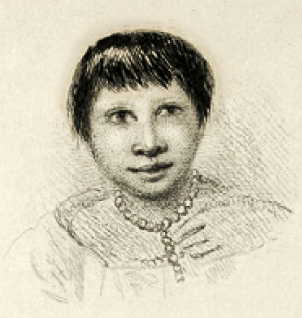
Yokcushlu was a Kawésqar woman from the western Tierra del Fuego. In 1830, at the age of nine, she was taken hostage by the crew of the British vessel HMS Beagle and renamed "Fuegia Basket". Robert FitzRoy, captain of the Beagle, initially intended to trade her for a stolen boat. He later decided to take her and three other Fuegians, "York Minster", "Boat Memory", and "Jemmy Button", to England where they could be educated and taught Christianity so that they might return to "civilise" their people and serve as interpreters for the British.
